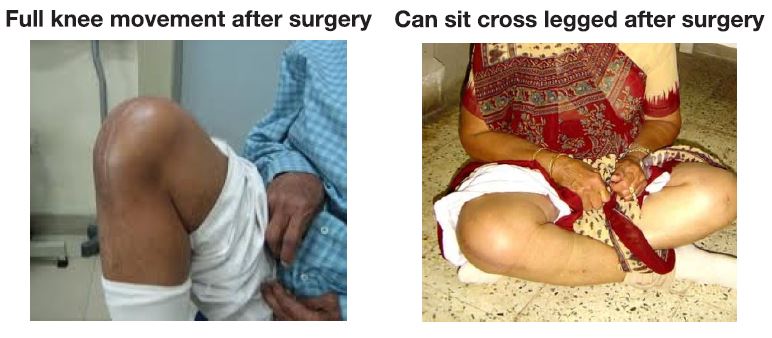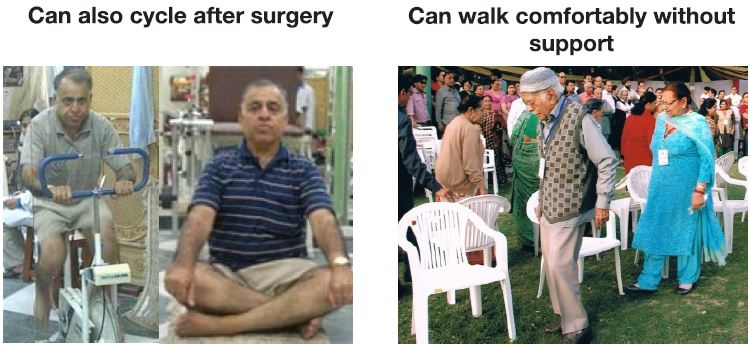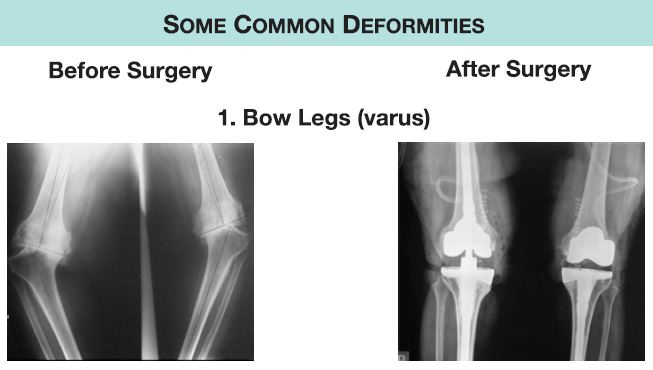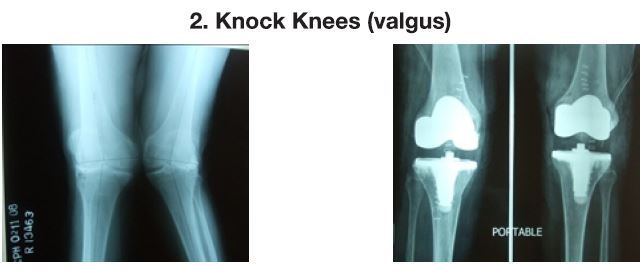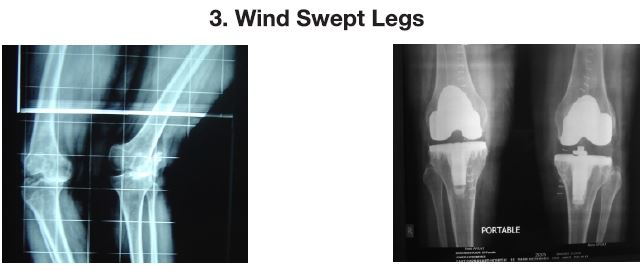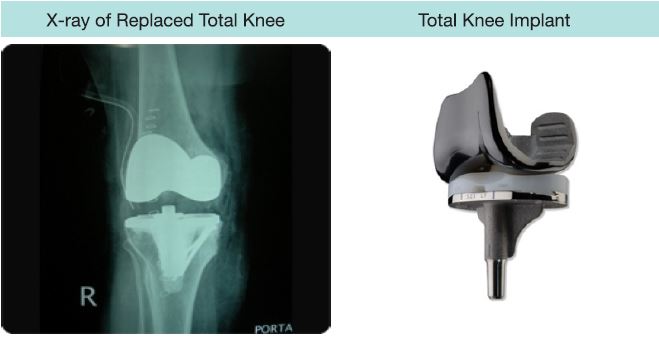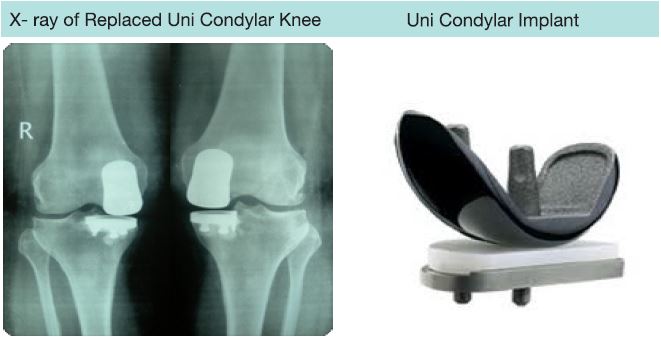Once your new joint has completely healed, you will reap the benefits of the surgery.
These include:
Reduced joint pain dramatically (may be no pain)
Increased movement and mobility
Correction of deformity
Improved quality of life – the ability to return to normal activities
Running, jumping, jogging or other high impact activities arediscouraged. However, you can resume playing golf, walking, bicycling, swimming and other low impact sports
